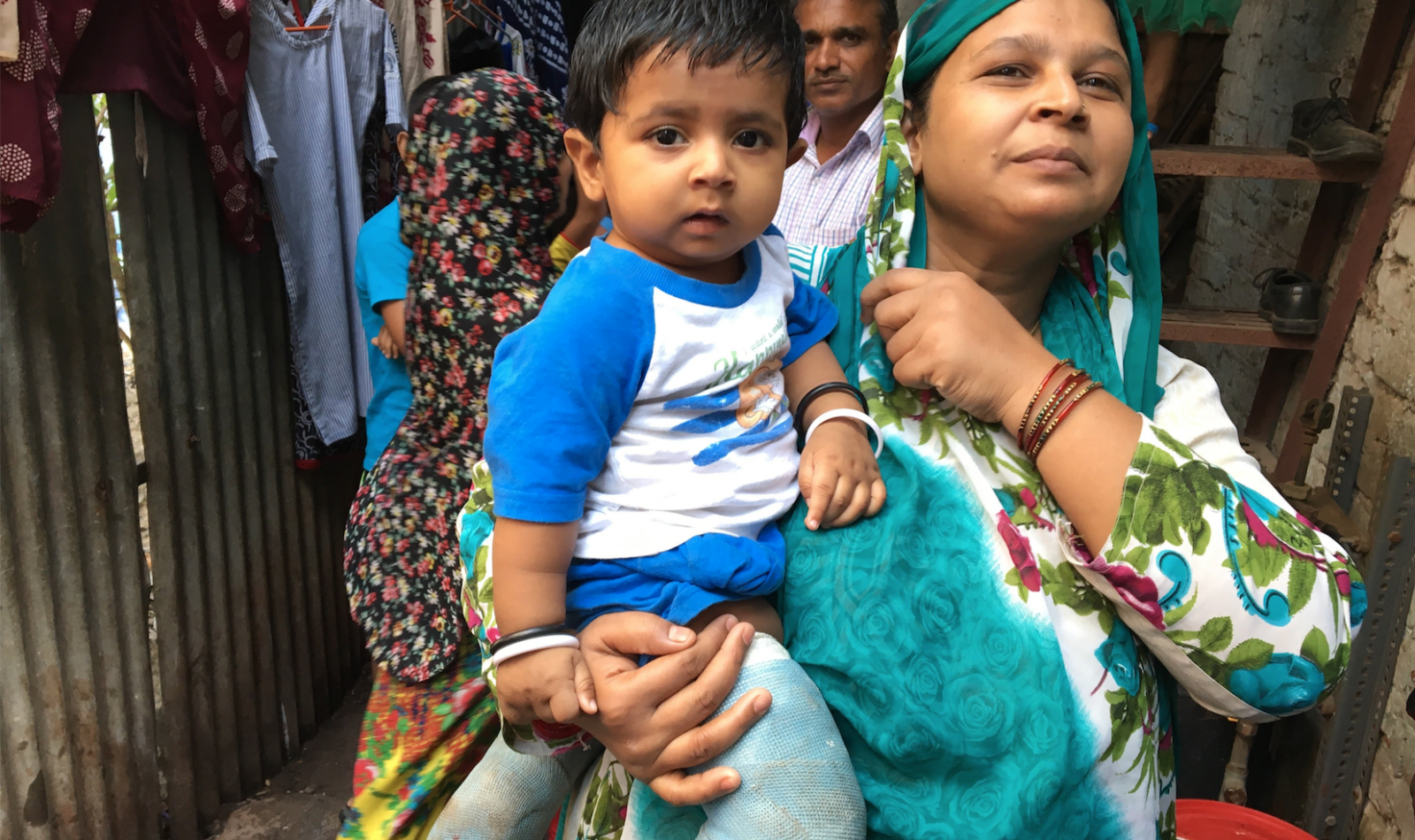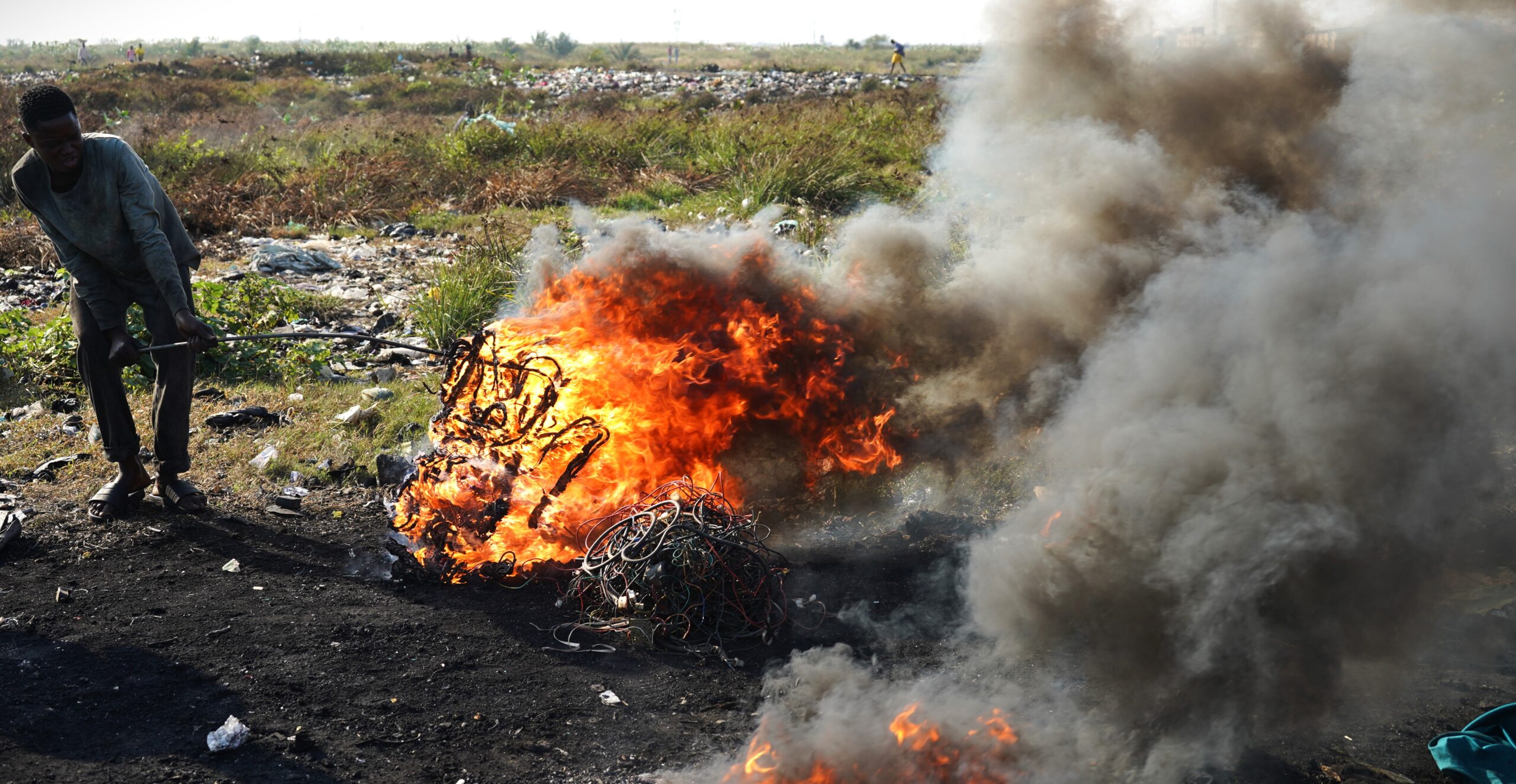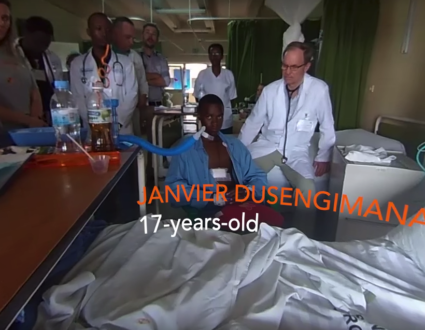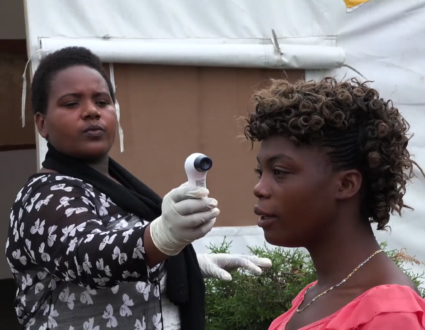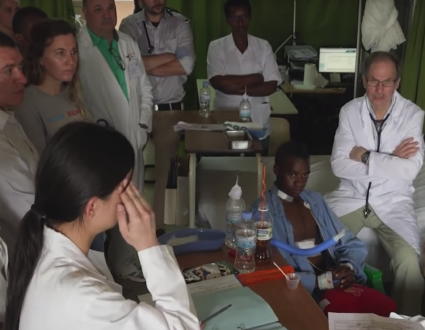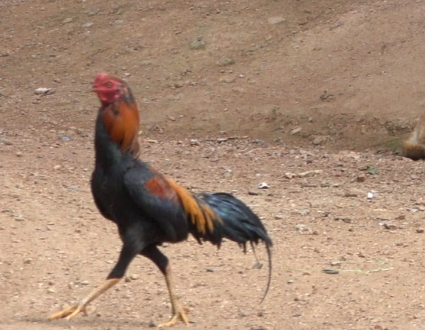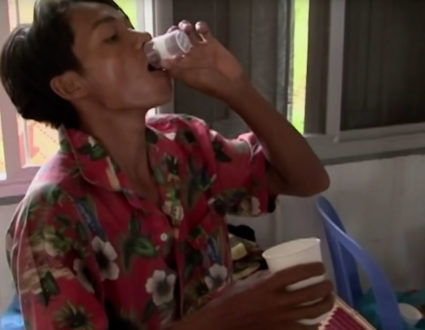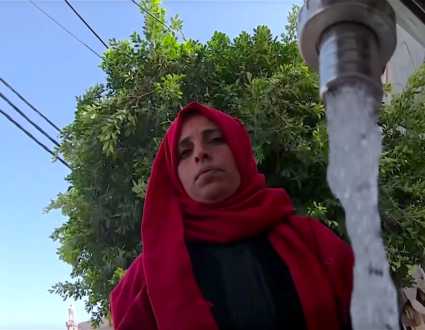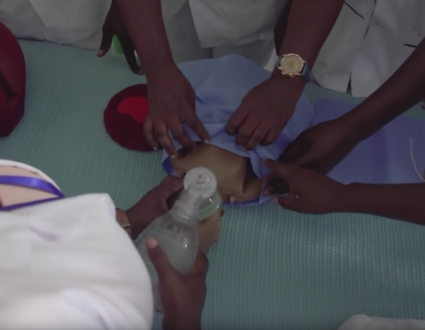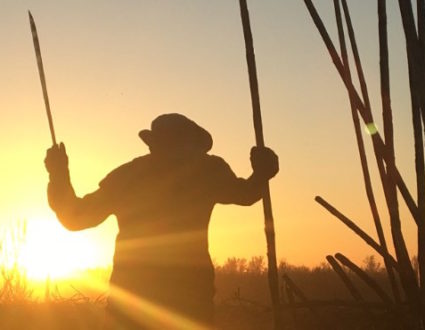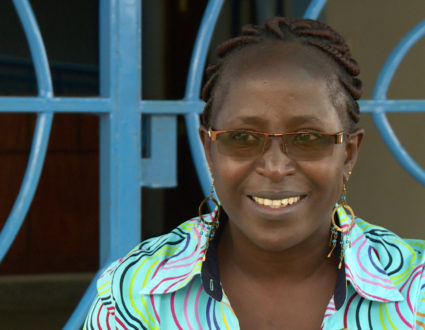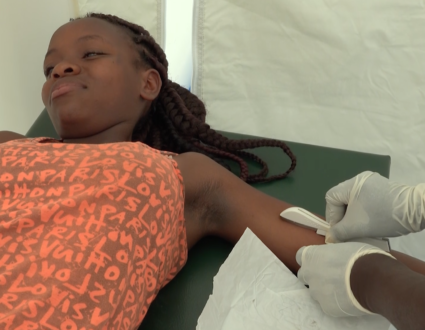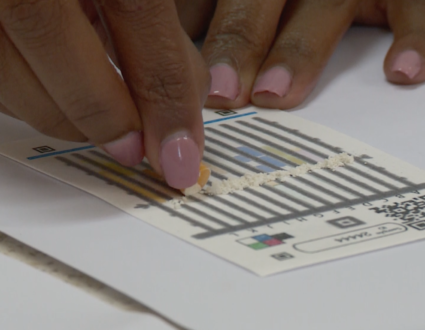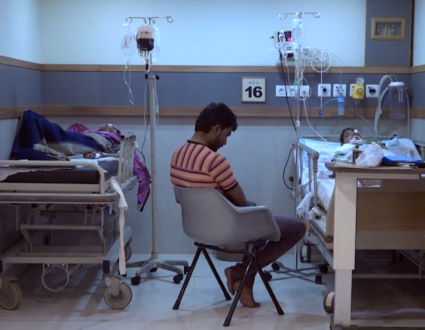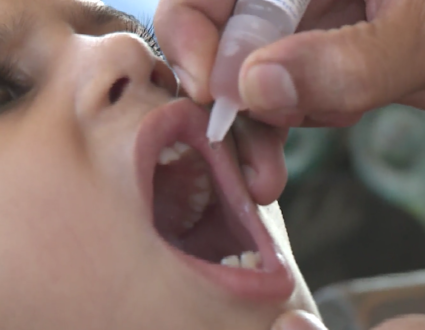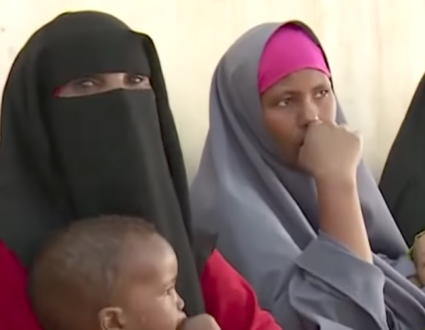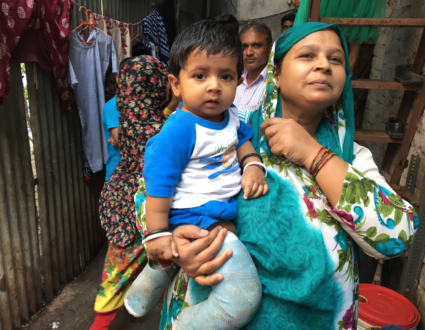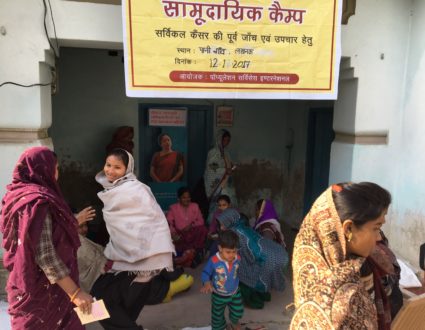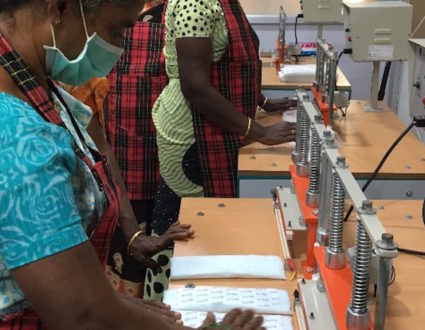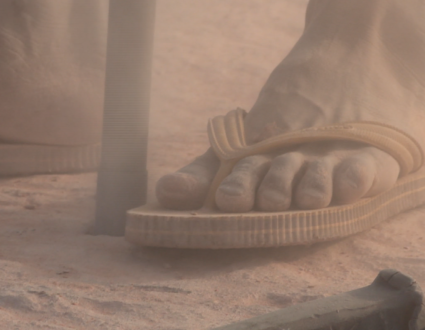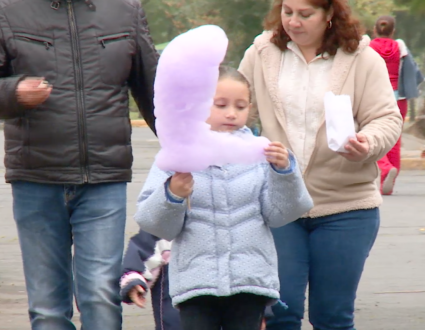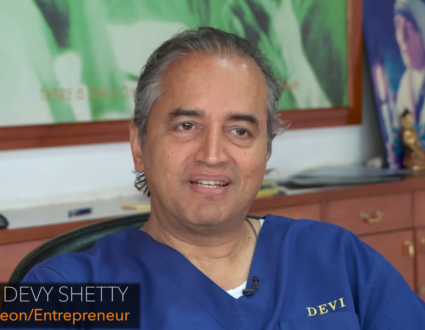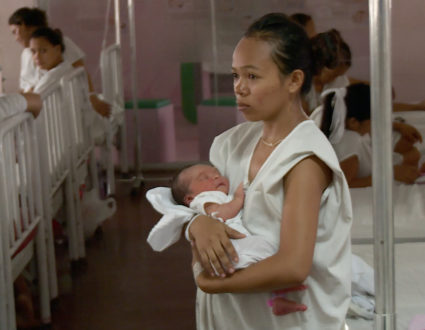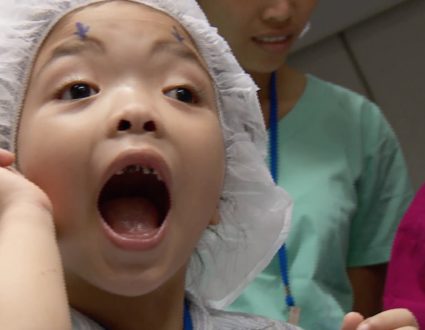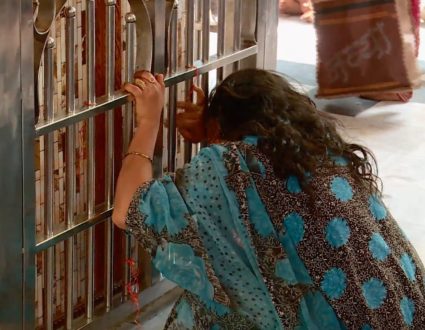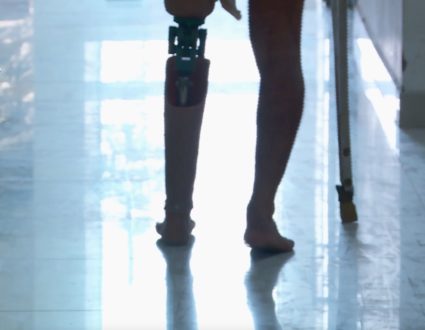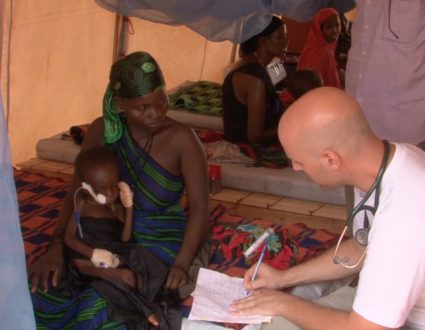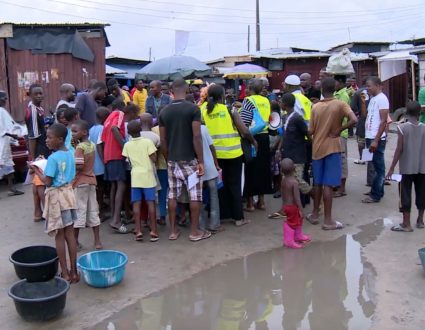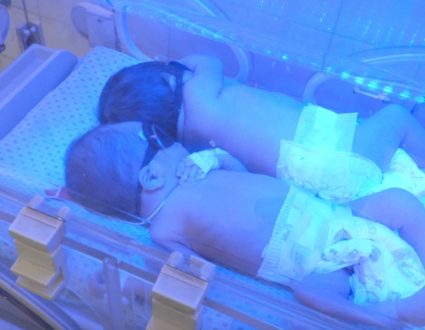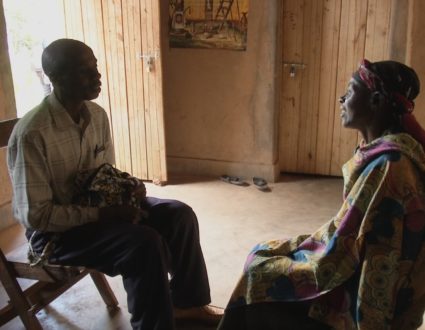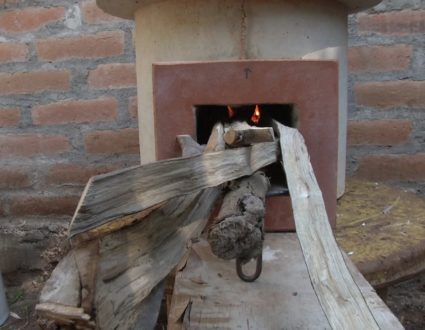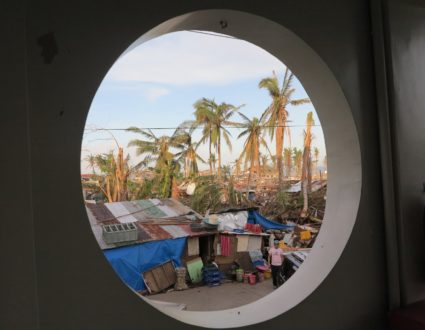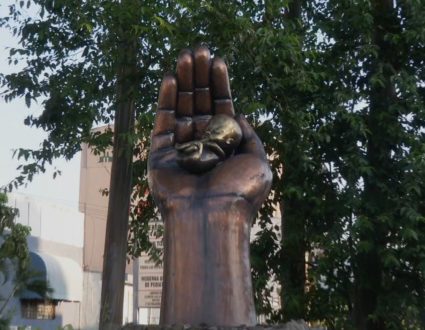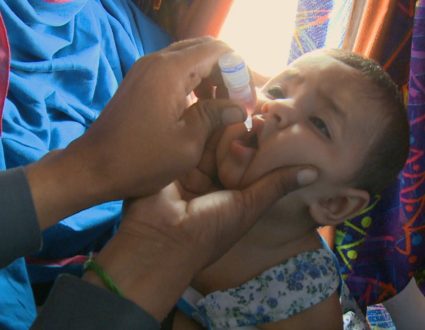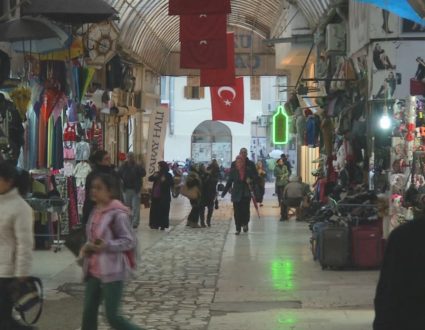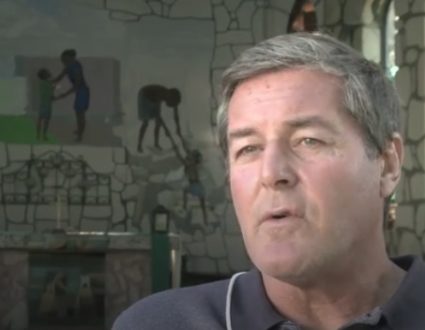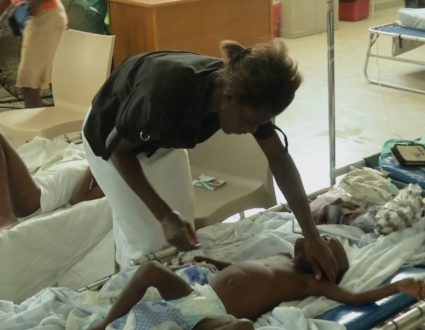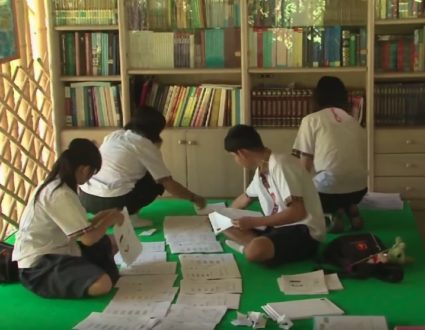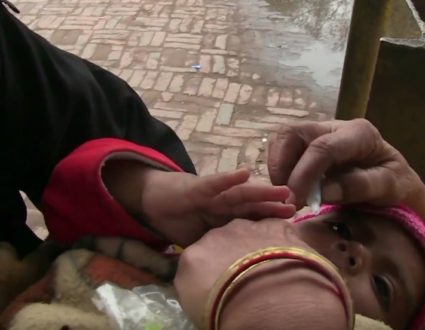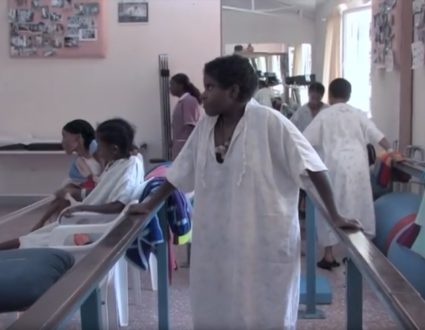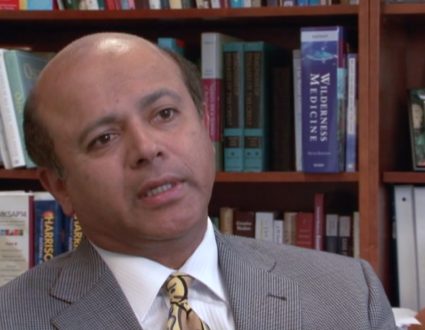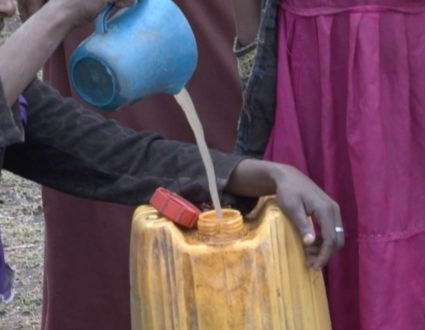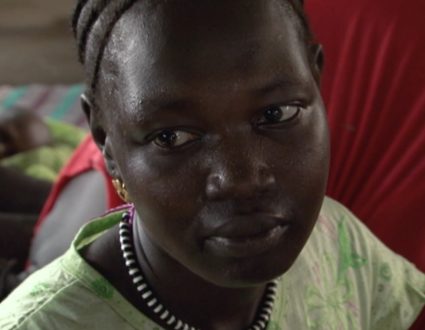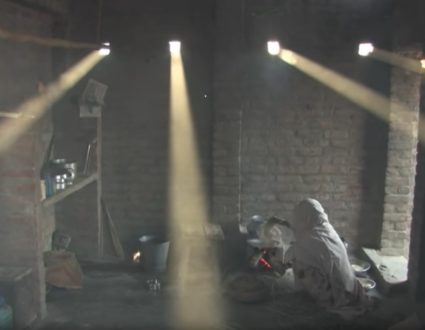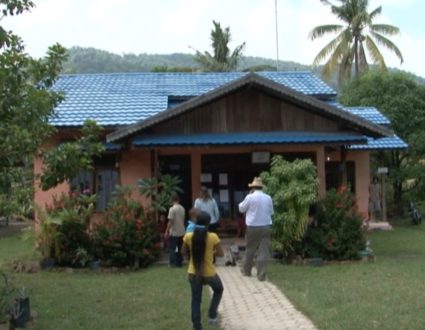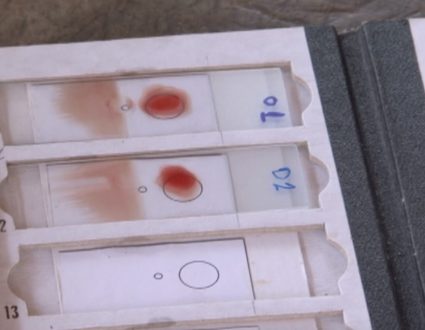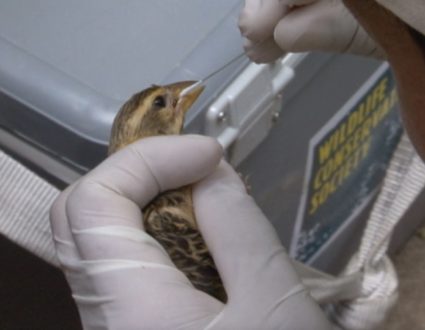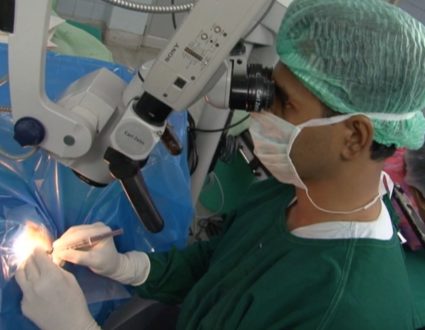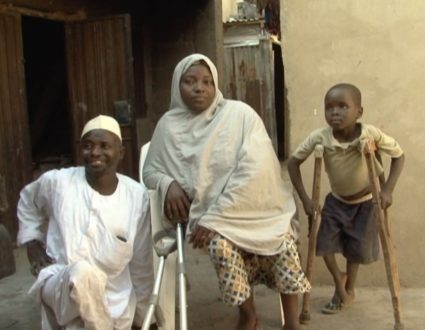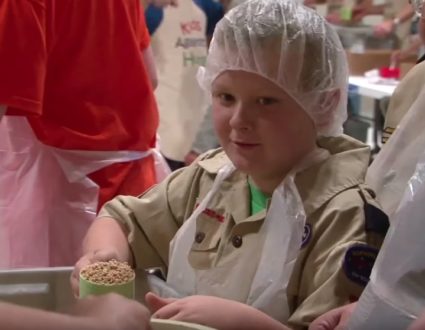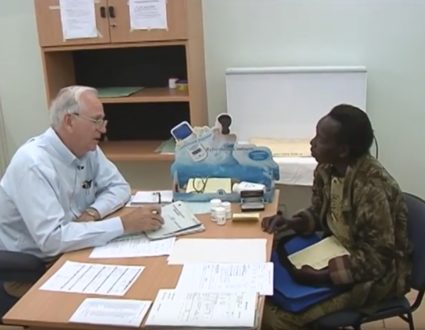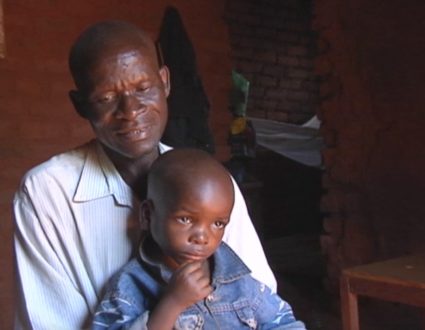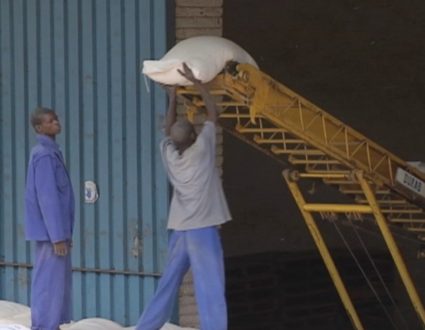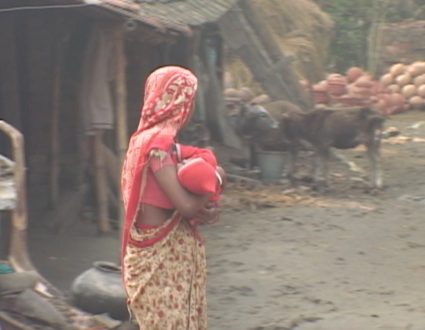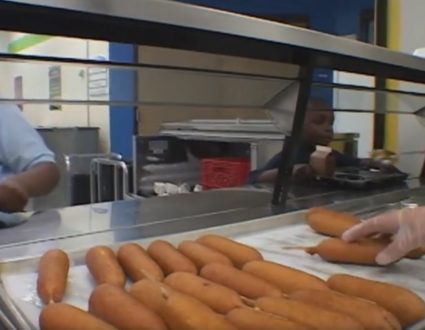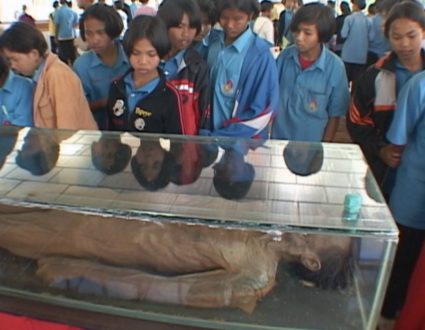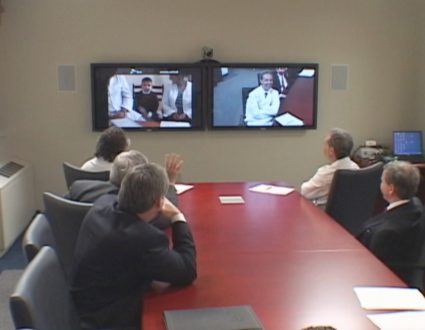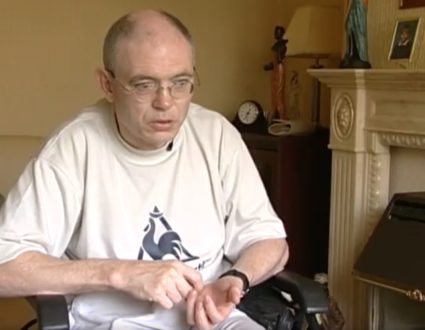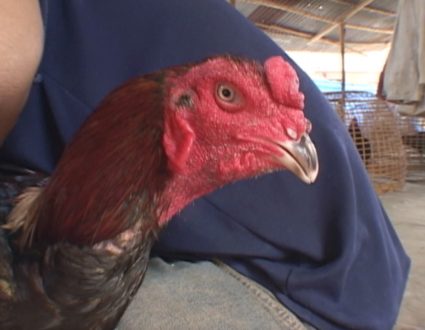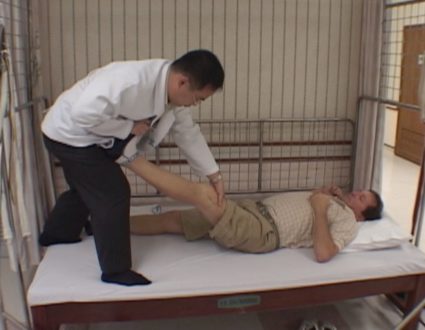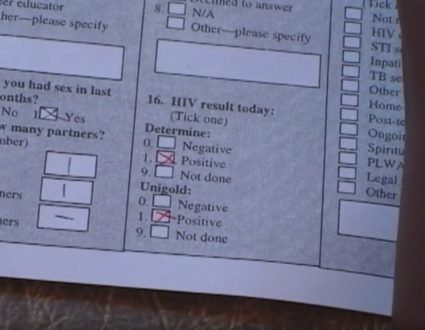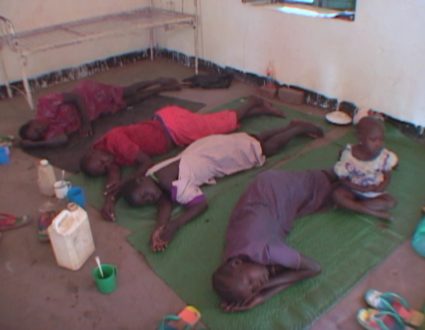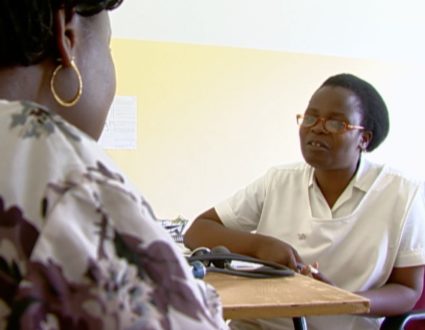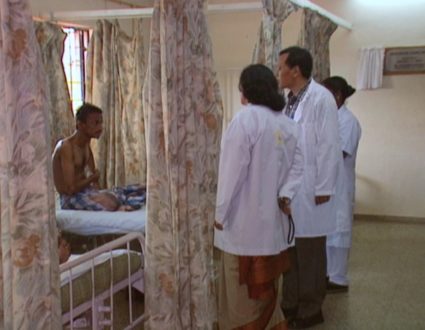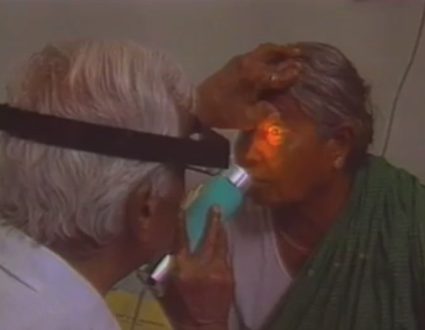JUDY WOODRUFF: Next: bringing help to developing countries for a widely untreated birth defect.
Fred de Sam Lazaro has a report from India’s commercial capital, Mumbai, on a condition called club foot.
Its part of his ongoing series Agents for Change.
FRED DE SAM LAZARO: It only sounds painful. This wailing 5-year-old is receiving the very same treatment, a full leg plaster cast, as this young, perfectly happy infant.
The therapy here in Mumbai’s Wadia Charitable Hospital will save these children from a life of pain and social isolation that comes from club foot. It’s a common birth defect that, in wealthy countries, is usually corrected early in life. But in the developing world, it remains largely untreated and becomes a disability, says orthopedist Dr. Alaric Aroojis.
DR. ALARIC AROOJIS, Orthopedist: It is probably the second or third important cause of physical disability in India, after road traffic accidents and trauma. It’s more of a cosmetic problem initially. And as they grow older and they can find that they can no longer play with their friends, that’s when it starts sinking in that this is a functional problem as well.
FRED DE SAM LAZARO: Club foot is congenital birth defect in which a foot, in some cases both feet, grow inward. Patients learn to walk on the side of the foot.
Twenty-six-year-old Madhu Varma says it’s painful for sustained periods, but like most sufferers, she’s learned to adapt. What she could not deal with was the sight of her daughter, Madhuri, when she too was born with club foot.
MADHU VARMA, Mother With Clubfoot (through interpreter): It was really difficult. I cried for days when I saw my child’s foot. I could not eat. I was just sick with worry. But they told me that, with plaster, they could treat it.
DR. ALARIC AROOJIS: So this is the daughter and this is the mother. And the daughter’s foot is fully corrected.
FRED DE SAM LAZARO: That correction once required extensive surgery, Dr. Aroojis says. Now treatment in most cases is a series of casts over several weeks:, less invasive, less expensive and less painful.
DR. ALARIC AROOJIS: It’s such a supple method. We don’t force the foot in any way at all. So, as you can see, that every time we move the foot just as much as the child allows. This is a procedure which is done without any anesthetic.
FRED DE SAM LAZARO: Once corrected, patients like 5-year-old Nishant wear a brace attached to an outward-facing pair of shoes. In a few months, as in this case, it’s only needed at night and nap time. Nishant shows no sign of an abnormal gait. His parents, struggling slum dwellers, spent hundreds of dollars at ill-equipped and poorly informed private clinics with little success.
KETAN DHEPE, Father of Child With Clubfoot (through interpreter): We had never heard of club foot until he was born. We felt terrible, but when we brought him to Mumbai, two or three people told me that Wadia Hospital has the best treatment.
FRED DE SAM LAZARO: That treatment was developed by an orthopedic surgeon named Ignacio Ponseti half-a-world away here in Iowa and half-a-century ago. It would take decades before the Ponseti method became standard practice for treating club foot.
Why do you suppose it took as long as it did?
CHESCA COLLOREDO-MANSFELD, Executive Director and Co-founder, MiracleFeet: One is that the kinds of people that were treating club foot, at least in the U.S., were orthopedic surgeons. And I think they became surgeons for a reason. They like doing surgery. And this was introducing a nonsurgical technique. And I think there was some resistance to that.
FRED DE SAM LAZARO: Chesca Colloredo-Mansfeld, a business consultant, lived in Iowa city, where Ponseti, a Spanish immigrant, was a local legend.
CHESCA COLLOREDO-MANSFELD: Dr. Ponseti’s dying wish — he was in his 90s at that time — was to try to get his treatment out to the rest of the world.
FRED DE SAM LAZARO: Colloredo-Mansfeld started one of several nonprofit efforts to fulfill Dr. Ponseti’s wish to take the nonsurgical approach, finally standard in the U.S., to developing countries.
She co-founded a charity in 2010 called Miracle Feet, supported mostly by high net worth individuals and foundations. It’s taken the Ponseti method and message to clinics in 19 countries so far, with some 23,000 patients, including those in Mumbai, providing training and supplies at low or no cost, including braces patients will use after their cast treatments are done.
In India, casting is done by surgeons, but in countries where they aren’t available, non-physicians are trained. Another key role is that of clinic assistants, paid by Miracle Feet.
CHESCA COLLOREDO-MANSFELD: They work to educate that family during the bracing phase to make sure that the children wear the brace at night and complete the treatment over the next four years.
So, the correction itself only takes two to three months, but the follow-up period of maintaining that correction is absolutely critical.
FRED DE SAM LAZARO: Veteran orthopedic surgeon Rujuta Mehta says parents of club foot patients, once terrified at the prospect and cost of surgery, are elated when they discover it’s no longer needed.
DR. RUJUTA MEHTA, Orthopedic Surgeon: The acceptability, therefore, of Ponseti is huge.
FRED DE SAM LAZARO: Its much simpler, less intimidating and it’s cheaper?
DR. RUJUTA MEHTA: Yes, absolutely. Yes, it’s cheaper. And this is the kind of thing you can apply in a public health program.
FRED DE SAM LAZARO: The number of children being treated has tripled over the past decade or so. Yet five out of six club foot patients go untreated in developing countries like India, still enduring an easily correctable condition for the rest of their lives.
So the challenge is to get the word out early?
DR. RUJUTA MEHTA: Absolutely, and the more awareness there, the earlier they come, the easier to treat, the better the deformity correction.
FRED DE SAM LAZARO: A deformity that is correctable even in adulthood, as Madhu Varma discovered when getting her daughter treated. She became the oldest patient this clinic has ever treated.
DR. ALARIC AROOJIS: There’s a very good possibility that, just with serial castings by the Ponseti method, we should be able to get a full correction in her.
FRED DE SAM LAZARO: She had a wedding to attend, she told the doctors, where she and daughter Madhuri would be able to dance.
For the PBS NewsHour, this is Fred de Sam Lazaro in Mumbai.
JUDY WOODRUFF: And that is something to celebrate.
Fred’s reporting is a partnership with the Under-Told Stories Project at the University of St. Thomas in Minnesota.
“It is probably the second or third most important cause of physical disability in India, after road traffic incidents and trauma. It’s more of a cosmetic problem initially. And as they grow older and they can find that they can no longer play with their friends, that’s when it starts sinking in that this is a functional problem as well.”Dr.
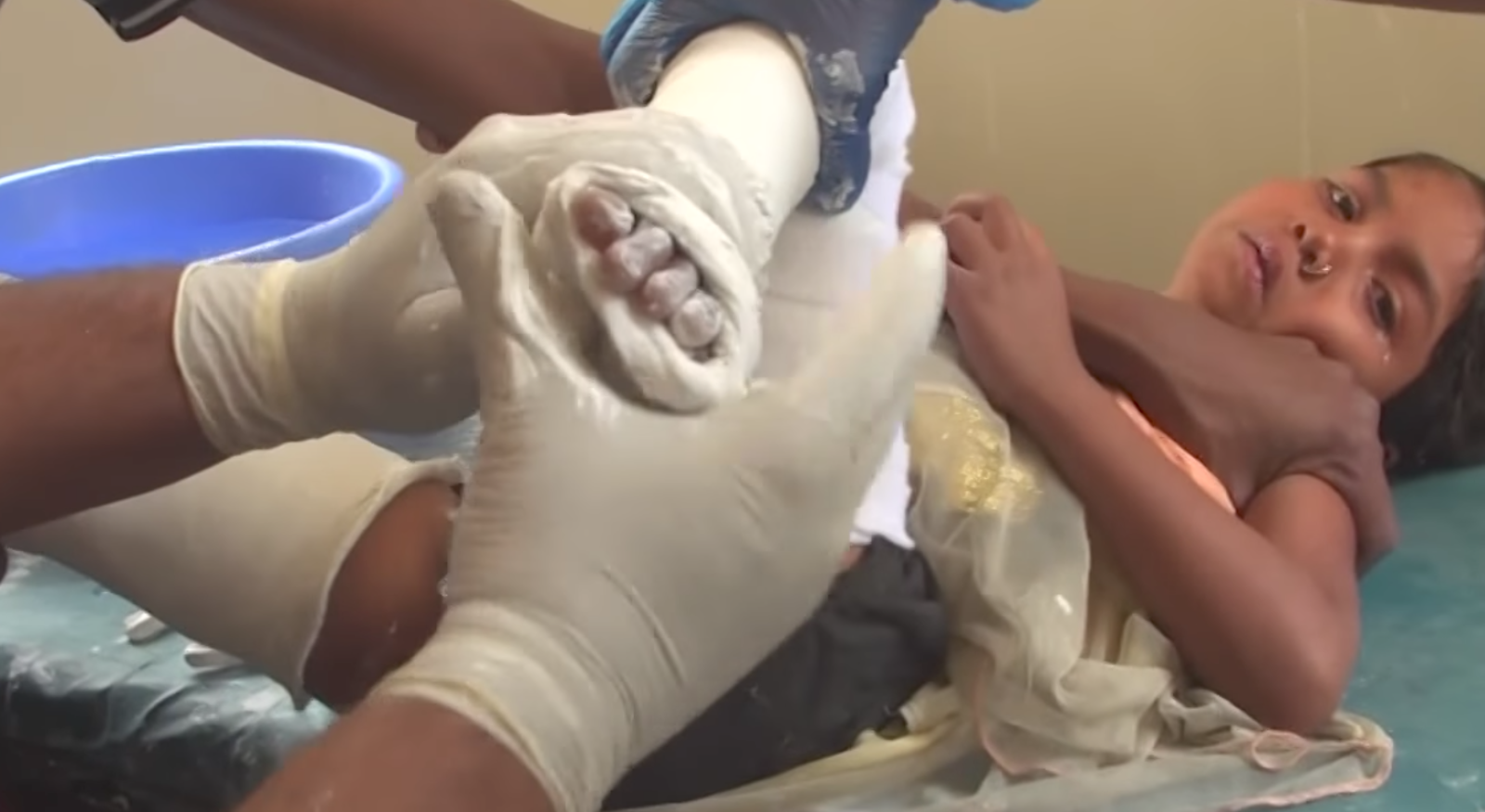
What is club foot?
It’s a common birth defect that, in wealthy countries, is usually corrected early in life. But in the developing world, it remains largely untreated and becomes a disability
